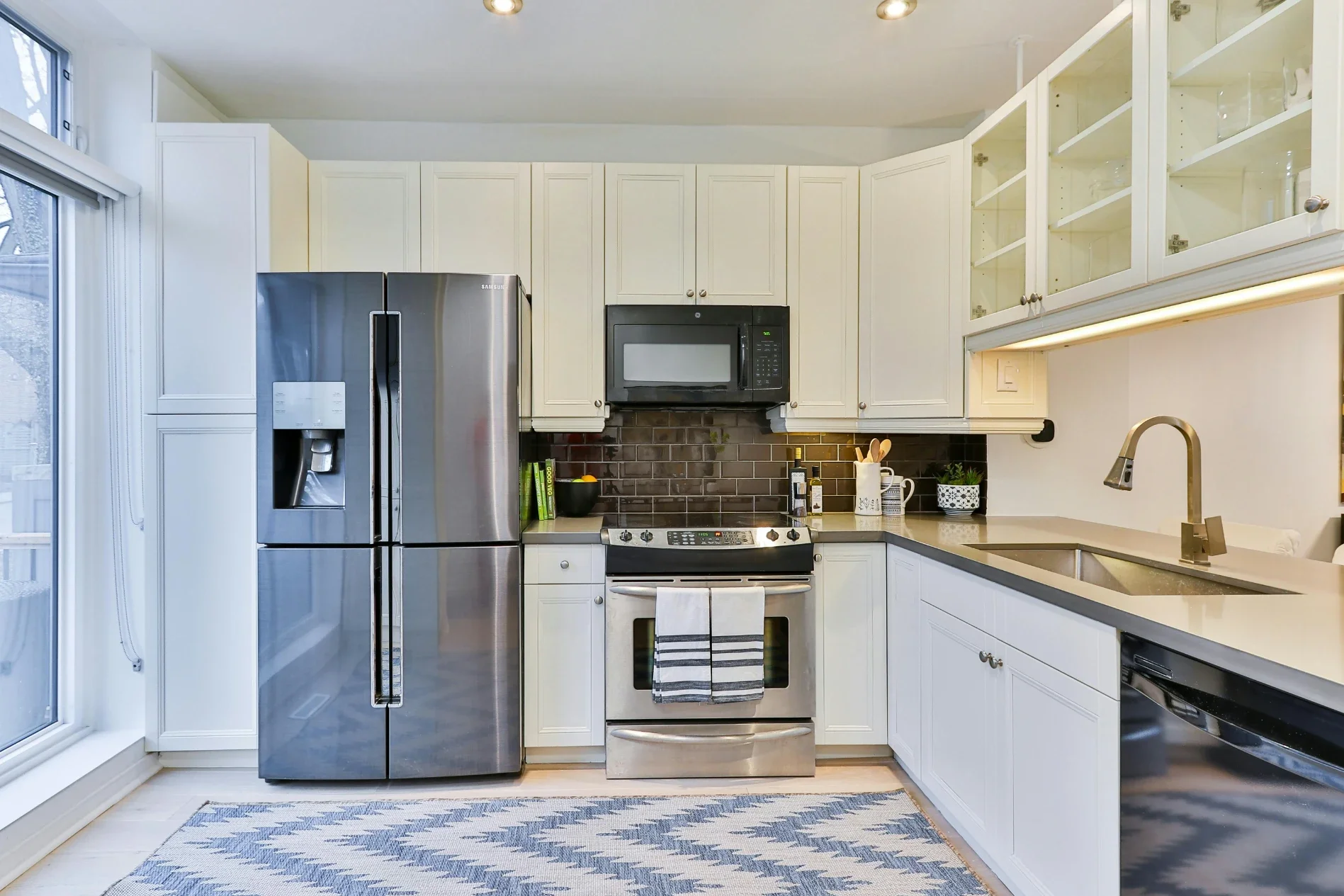How to Make the Most of Your Roll-Off Dumpster Rental
Learn how to maximize your roll-off dumpster rental with smart planning, efficient loading, and proper waste management for a hassle-free cleanup.
Renting a roll-off dumpster is a game-changer for home renovations, construction projects, or major cleanups. To ensure you get the most value and efficiency from your rental, careful planning and smart practices are key. Here are five practical tips to maximize your roll-off dumpster rental experience.
1. Choose the Right Size
Selecting the appropriate dumpster size is critical to avoid wasting money or space. Roll-off dumpsters typically range from 10 to 40 cubic yards. For small projects like a garage cleanout, a 10- or 15-yard dumpster may suffice. Larger renovations or construction jobs might require a 20- or 30-yard option. Assess your project’s scope—consider the volume of debris like drywall, furniture, or yard waste—and consult with a rental company such as Waste Removal USA to pick the right size. Overloading a small dumpster or underusing a large one can lead to unnecessary costs or extra trips.
2. Plan Your Placement
Before the dumpster arrives, decide on its placement. Ensure the location is accessible for the delivery truck and convenient for your project. A flat, stable surface like a driveway or construction site is ideal. Check for overhead obstacles like tree branches or power lines, and confirm you have enough space for the dumpster’s footprint and the truck’s maneuvering. If placing it on a street, verify local permit requirements. Proper placement saves time and prevents delays or damage to your property.
3. Know What’s Allowed
Not all waste can go into a roll-off dumpster. Most companies, such as Waste Removal USA, prohibit hazardous materials like paint, batteries, chemicals, or tires due to environmental regulations. Some materials, like electronics or appliances, may require special handling or additional fees. Before loading, confirm the rental company’s guidelines to avoid penalties or rejected loads. Sort your debris to separate recyclable items like metal or wood, which some companies may handle differently, potentially reducing costs.
4. Load Efficiently
Maximize space by loading your dumpster strategically. Start with flat, bulky items like plywood or drywall to create a stable base. Break down furniture or large objects to fit compactly. Place heavier items at the bottom and lighter debris on top to optimize space and ensure safe transport. Avoid overfilling past the dumpster’s fill line, as this can lead to extra charges or require you to remove excess debris. Efficient loading means fewer rentals and lower costs.
5. Schedule Smartly
Timing is everything. Coordinate the delivery and pickup with your project timeline to avoid downtime or rushed loading. If your project is ongoing, consider a longer rental period to avoid the hassle of extensions. Communicate with the rental company about pickup schedules and any changes in your plans. Booking during off-peak seasons, like late fall, may also secure better rates or availability.
A roll-off dumpster rental can streamline any cleanup or construction project when used wisely. By choosing the right size, planning placement, following waste rules, loading efficiently, and scheduling smartly, you’ll save time, money, and effort. Contact a reputable dumpster rental service to discuss your needs and make your next project a success.








